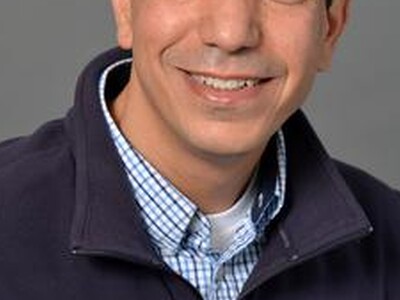NASA Technology for Crop Fertility

Tim Hammerich
News Reporter
Penelope Nagel is a 9th generation farmer from Illinois who moved to southern California to pursue her other passion of open water swimming. She was surprised at how many city-dwellers perceived farmers as unsustainable and wasteful of nutrients and resources.
Nagel…”It was heartbreaking to have all these people telling me that the people growing our food, which includes myself, were not doing a good enough job.”
Penelope knew that historically it was too expensive for farmers to get nutrient data beyond a sample every four acres or so, but she wondered if technology might allow for a more granular look. This eventually lead her to hyperspectral imaging.
Nagel…”We were working with a guy that works for the Department of Defense that kind of turned us onto hyperspectral imaging and how they were using that to detect nitrogen and phosphorus. NASA uses the technology, and so we looked at it and decided that we would try to map the soil nutrients using hyperspectral technology because basically we could scan the ground and figure out what nutrients were present and create more granular maps. Now we've got a technology that is not only going to benefit the environment, it benefits farmer's bottom line, and it actually produces more food.”
Nagel is now the COO and Co-Founder of Persistence Data Mining. Companies like her’s help farmers to see the full picture of nutrient variability throughout their fields and can apply only the necessary inputs.
















